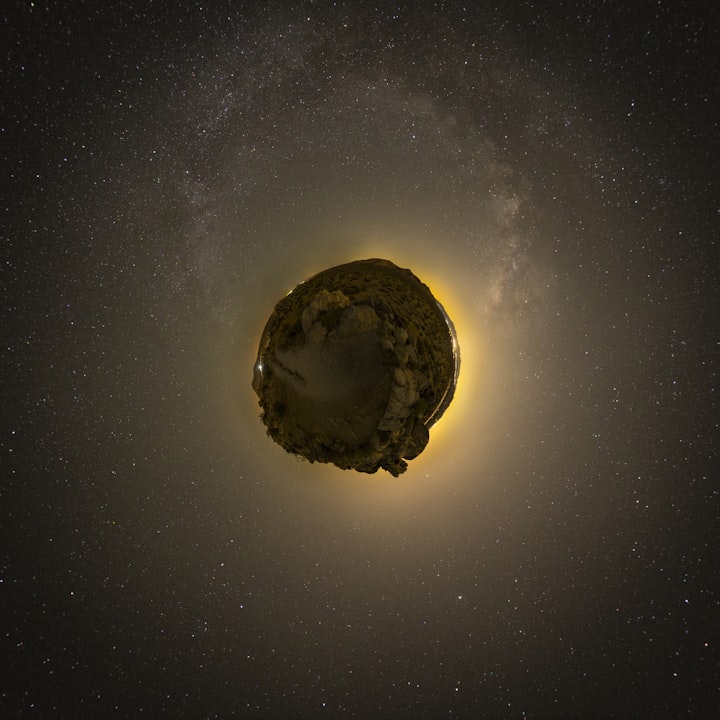Near Earth Asteroids: The Potential Threats and Opportunities
Asteroids

Near Earth Asteroids:
Asteroids are small, rocky objects that orbit the sun. While many asteroids are located in the asteroid belt between Mars and Jupiter, some asteroids come close to Earth, known as near Earth asteroids (NEAs). These NEAs have the potential to cause significant damage to our planet if they were to collide with it. However, they also present unique opportunities for scientific research and space exploration.
Near-Earth Objects (NEOs) are comets and asteroids that have been nudged by the gravitational attraction of nearby planets into orbits that allow them to enter the Earth’s neighborhood. Composed mostly of water ice with embedded dust particles, comets originally formed in the cold outer planetary system while most of the rocky asteroids formed in the warmer inner solar system between the orbits of Mars and Jupiter. The scientific interest in comets and asteroids is due largely to their status as the relatively unchanged remnant debris from the solar system formation process some 4.6 billion years ago. The giant outer planets (Jupiter, Saturn, Uranus, and Neptune) formed from an agglomeration of billions of comets and the left over bits and pieces from this formation process are the comets we see today. Likewise, today’s asteroids are the bits and pieces left over from the initial agglomeration of the inner planets that include Mercury, Venus, Earth, and Mars.
As the primitive, leftover building blocks of the solar system formation process, comets and asteroids offer clues to the chemical mixture from which the planets formed some 4.6 billion years ago. If we wish to know the composition of the primordial mixture from which the planets formed, then we must determine the chemical constituents of the leftover debris from this formation process - the comets and asteroids.
The threat of NEAs to Earth is real, as they can collide with our planet and cause catastrophic damage. The asteroid that struck Earth 65 million years ago is believed to have caused the extinction of the dinosaurs. In more recent history, the Tunguska event in 1908, where an asteroid exploded over Siberia, devastated an area of over 2,000 square kilometers. While the likelihood of such events occurring is low, it is important to monitor NEAs to detect any potential threats.
The Near Earth Object Observation Program, run by NASA, is responsible for detecting and tracking NEAs. The program has detected over 20,000 NEAs, and the number is increasing every year. The program also provides a risk assessment for each NEA, which helps to determine the likelihood of an impact with Earth.
Apart from the threat of impact, NEAs also present unique opportunities for scientific research and space exploration. NEAs are considered to be time capsules from the early solar system, as they have remained relatively unchanged for billions of years. Studying NEAs can provide valuable insights into the formation and evolution of our solar system.
NEAs also present opportunities for space exploration. NASA has sent several missions to NEAs in recent years, such as the OSIRIS-REx mission, which is currently collecting samples from the asteroid Bennu. These missions not only provide valuable scientific data but also demonstrate the capabilities of current technology and pave the way for future missions to more distant asteroids and even other planets.
In conclusion, near Earth asteroids present both potential threats and opportunities. While they have the potential to cause significant damage to Earth, they also provide valuable scientific data and opportunities for space exploration. It is crucial to continue monitoring NEAs to detect any potential threats and to take advantage of the opportunities they present.





Comments
There are no comments for this story
Be the first to respond and start the conversation.